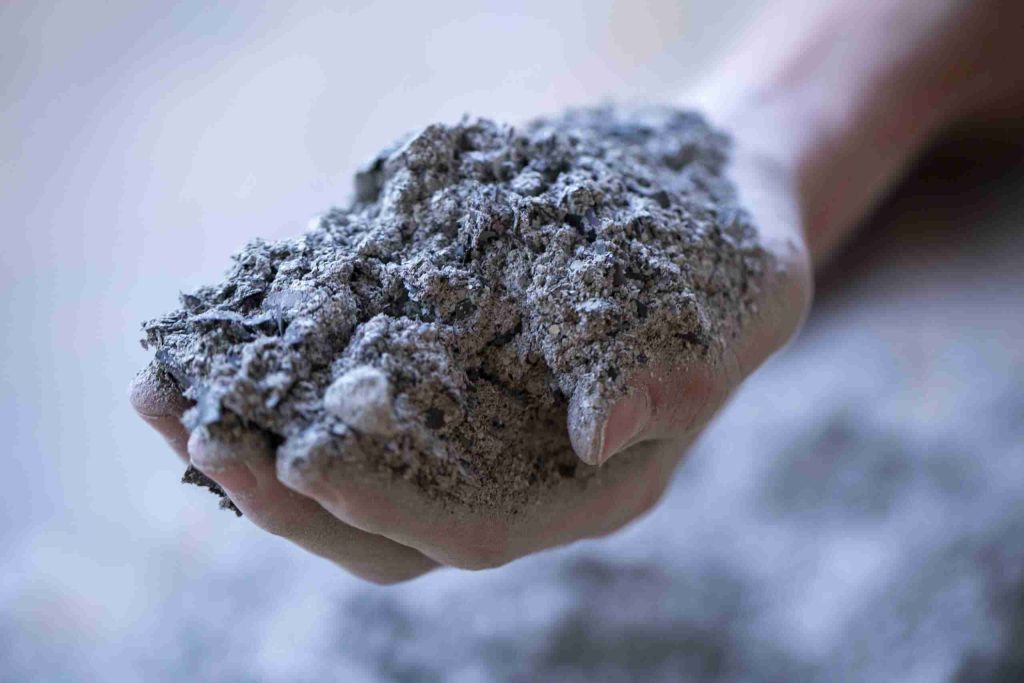Minerals
We stand out proudly among the select few in Pakistan who possess the prowess to navigate the challenging landscape of cellular communication equipment transportation. Our exceptional track record paved the way for a remarkable achievement – securing the contract to transport robust and delicate materials to the rugged terrains of Punjab and Balochistan.
Picture this: remote regions where conventional vehicles dare not venture, and even the hardiest of transport methods fall short. In these very spaces, our reputation for excellence earned us the chance to shine.
With unwavering determination, our dedicated team rose to the occasion. Guided by our commitment to excellence, we orchestrated a triumphant journey. Engines and generators, critical components of modern communication, embarked on their voyage from Karachi and Lahore, bound for the challenging landscapes.
For us, this accomplishment isn’t just about transporting equipment; it’s about connecting communities, enabling communication, and driving progress. We didn’t just complete a project; we forged a symbol of our unwavering commitment to deliver the extraordinary, no matter the odds.
At MH Services, we’re not just moving equipment; we’re propelling possibilities and charting a course for a better-connected tomorrow.
We stand out proudly among the select few in Pakistan who possess the prowess to navigate the challenging landscape of cellular communication equipment transportation. Our exceptional track record paved the way for a remarkable achievement – securing the contract to transport robust and delicate materials to the rugged terrains of Punjab and Balochistan.
Plastic Clay

Silica Sand
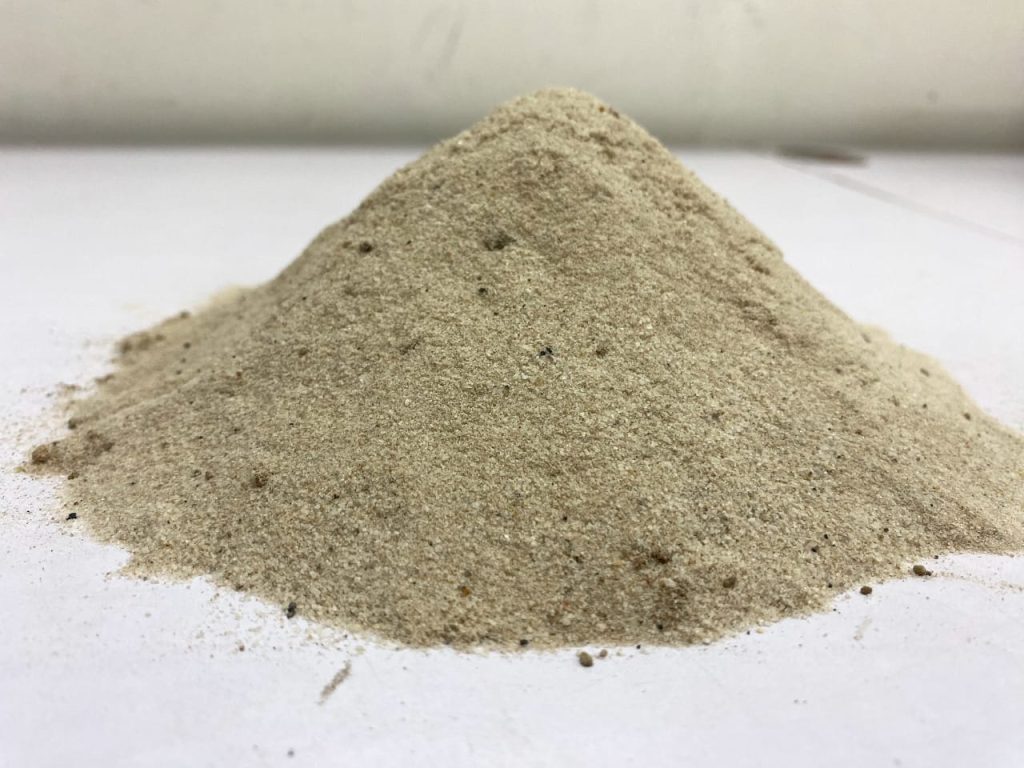
Feldspar
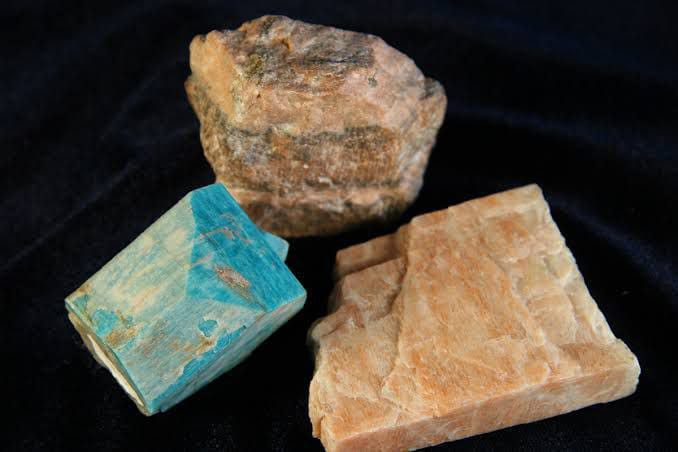
Rise Husk
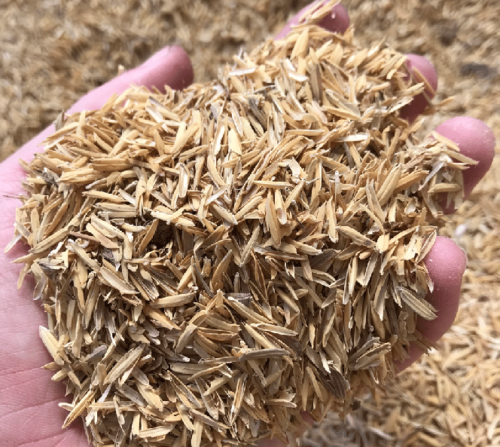
Pebble Stones

Bentonite
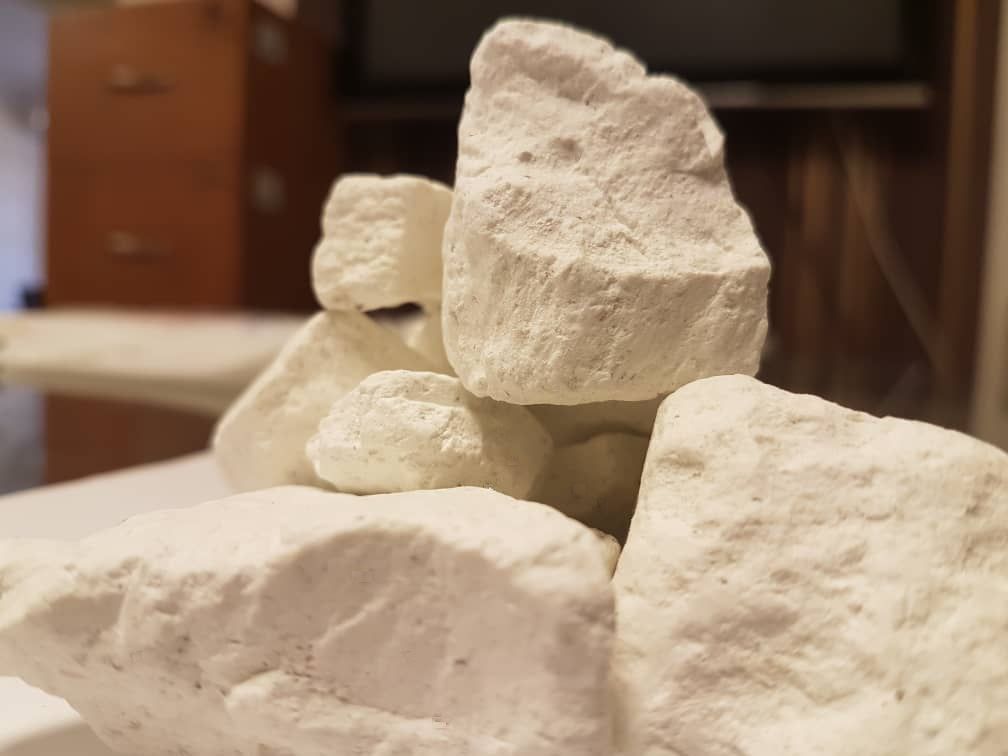
Fly Ash
